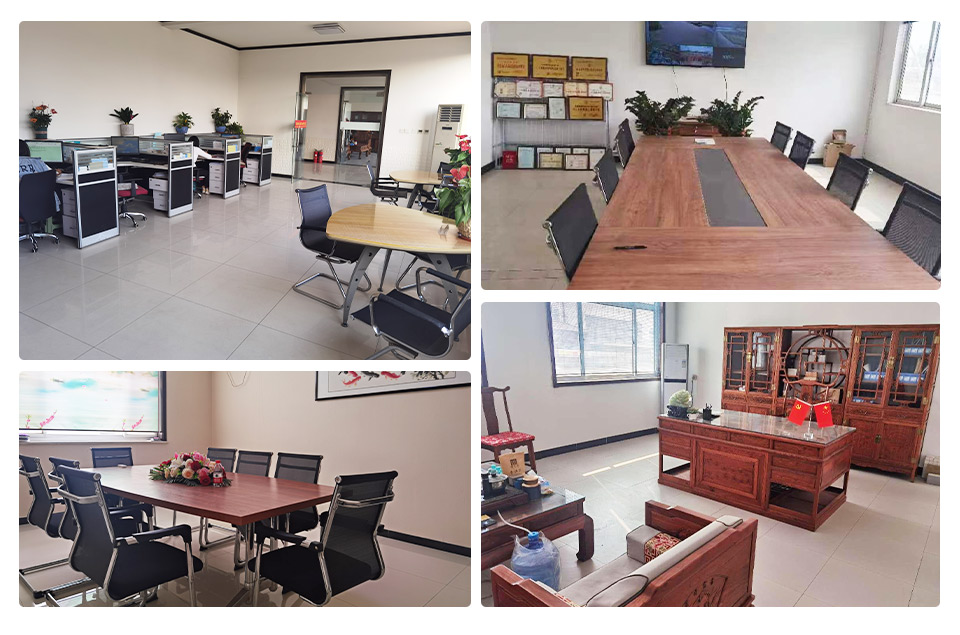
ສ.ຫ. . 15, 2024 18:01 Back to list
Understanding the Melting Point Characteristics of Titanium Dioxide and Its Applications in Industry
The Melting Point of Titanium Dioxide Significance and Applications
Titanium dioxide (TiO2) is a versatile compound widely used across various industries due to its exceptional properties such as high refractive index, strong ultraviolet light absorption, and chemical stability. One of the important characteristics of titanium dioxide is its melting point, which plays a crucial role in its applications, processing, and performance in different environments.
Understanding the Melting Point
The melting point of titanium dioxide is approximately 1,843 degrees Celsius (3,347 degrees Fahrenheit). This high melting point makes TiO2 suitable for high-temperature applications, where it can maintain its structural integrity and chemical properties without undergoing significant thermal degradation. The ability to withstand such extreme temperatures is one reason why titanium dioxide is favored in numerous applications, especially in the fields of materials science and engineering.
Importance in Various Industries
1. Pigment Industry Titanium dioxide is predominantly used as a white pigment in paints, coatings, plastics, and paper. Its high melting point allows it to be used in applications that involve heating processes, ensuring that the pigments maintain their stability and color quality even under elevated temperatures.
titanium dioxide melting point

2. Ceramics and Glass The high melting point of TiO2 enables its use in ceramics and glass formulations. When TiO2 is added to ceramic materials, it can enhance their mechanical strength and thermal stability. For instance, in the production of white ceramic tiles, TiO2 helps achieve the desired aesthetic while ensuring that the tiles can endure high-temperature firing processes.
3. Pharmaceuticals and Cosmetics In the pharmaceutical and cosmetic industries, titanium dioxide serves as an opacifying agent and UV filter. Its high melting point means that it can be incorporated into products that undergo high-temperature manufacturing processes without losing its effectiveness. As a UV blocker, it protects skin from harmful rays, thus playing a critical role in sunscreens and skincare products.
4. Nanotechnology With the rise of nanotechnology, titanium dioxide nanoparticles are increasingly utilized due to their unique properties that emerge at the nanoscale. The high melting point is essential for processes such as sintering, where TiO2 nanoparticles can be fused at high temperatures to produce advanced materials with specific characteristics, useful in catalysis and sensing applications.
5. Environmental Applications Titanium dioxide is known for its photocatalytic properties, making it valuable in environmental applications like wastewater treatment and air purification. The high melting point ensures structural integrity during the catalytic processes, thus enhancing the efficiency and longevity of TiO2-based photocatalysts even under harsh conditions.
Conclusion
In summary, the melting point of titanium dioxide is a key factor that contributes to its wide-ranging applications and effectiveness in various industries. Its ability to withstand high temperatures not only enhances its durability and stability in products but also broadens its scope for innovative uses in technology and materials science. As industries continue to evolve and place higher demands on materials, titanium dioxide remains an essential component, providing both performance and versatility across many sectors. Understanding its properties, including melting point, can lead to the development of even more advanced applications, ensuring its relevance in future technological advancements.
-
Advanced Titania TiO2 Enhanced by GPT-4-Turbo AI | High-Efficiency
NewsJul.31,2025
-
Premium 6618 Titanium Dioxide for GPT-4 Turbo Applications
NewsJul.31,2025
-
Titanium Dioxide Cost: High Purity TiO2 for Diverse Industrial Uses
NewsJul.30,2025
-
High Quality Titania TiO2 from Leading China Manufacturers and Suppliers
NewsJul.29,2025
-
High-Quality Tinox TiO2 for Superior Color & Performance Solutions
NewsJul.29,2025
-
High Quality Titania TiO2 from Leading China Supplier & Manufacturer
NewsJul.29,2025
